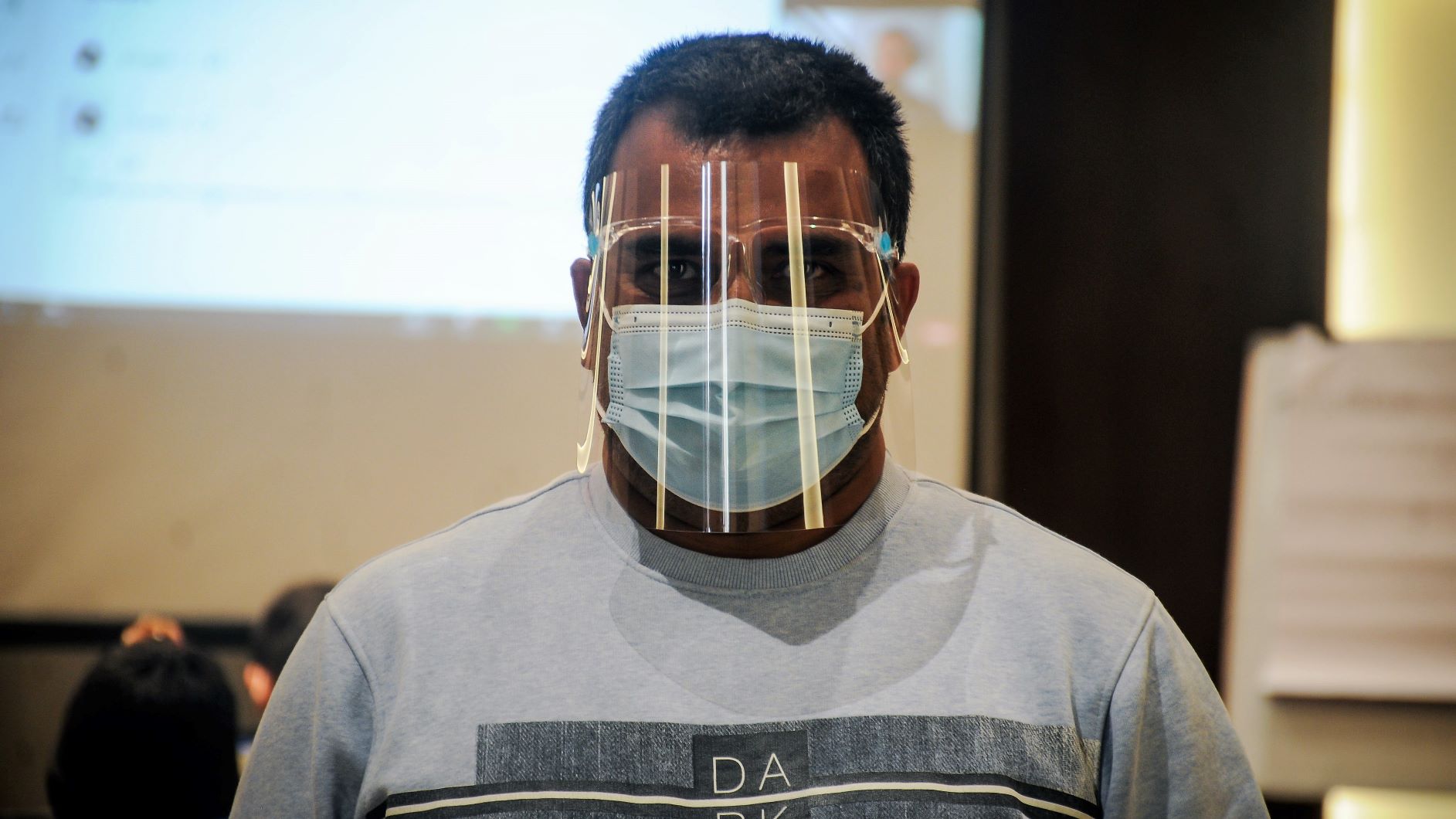The population of the blogosphere – the virtual world of the blogs – is 26.1 million. Blog, the shortened form of web-log, was the hottest Internet technology in 2004 which grew and matured in 2005 to become a household name.
The debate of whether blogging is journalism or not is over, as the critics have settled on the pendulum – in some cases, blogging is journalism, and in many, it’s not. The Pulitzer Prizes announced that they would accept online materials along with print ones in its journalism categories, starting with the 2006 competitions.
For many bloggers, blogging is a hobby, something that satisfies their soul by opening up their hearts. But blogs are more than that. Blogs are used for advertising or keeping intact the relations with their customers by corporate offices by what is called corporate blogging, for campaigning or advocacy, and even by many newspapers to tell the audience why something got published and others didn’t.
Instead of writing something, people record their thoughts and put them up (called podcasting) and upload the video (vblog). Blogs primarily are personal sites containing mostly news, called posts or entries, regularly updated, in the form of a diary with most recent posts at the top of the page and allowing visitors to instantly publish their comments. With many free services and tools available for blogging, it can be set up easily and is as easy as creating an email account.
For democratic nations, blogs are the media’s watchdog. In the countries with suppressed media, blogs are heralds of the freedom of expression. During calamities, like hurricanes or tsunamis or earthquakes, they are sources of firsthand information. Blogs are personal, thus biased and subjective. That very characteristic of it makes it better than traditional media in such incidents. What people prefer to read during such calamities – how many died and what are the police and government saying, or how the people are experiencing the incidents? Blogs go for the latter.
In 1998, there were just a handful of sites of the type that are now identified as weblogs, so named by Jorn Barger in December 1997. But within a few years, blogs became the buzzword – millions of people turned bloggers. Blog directory sites and blog search engines emerged along with free blog hosting services. Many freeware scripts for bloggings were introduced and the blogosphere was thus formed.
Blogs nowadays are personal identities – if you aren’t blogging, you’re missing something. Blogging is simple and blogging is easy. Blogging gives an individual an opportunity to tell the world what matter to him/her. As the heralds of free expression, blogging can take on any subject in any style and any frequency. That makes blogging popular to millions of people, and it looks like the fever of blogging won’t go down for a few years on.
Blog jargons
Blog – Short for Weblog: A website that contains written material, links or photos being posted all the time, usually by one individual, on a personal basis.
Blogger – Person who runs a blog.
Blogosphere – All blogs or the blogging community.
Blogroll – List of external links appearing on a blog, often links to other blogs.
Moblog – Contraction of mobile blog: A blog that can be updated remotely from anywhere, such as by phone or a digital assistant.
Permalink – Contraction of permanent link. Web address of each item posted on a blog.
Photoblog – A blog mostly containing photos, posted constantly and chronologically.
Podcasting – Contraction of iPod and broadcasting. Posting audio and video material on a blog and its RSS feed, for digital players.
Post – An item posted on a blog. It can be a message or news or just a photo or a link. Usually a short item, including external links, that visitors can comment on.
RSS feed – The file containing a blog’s latest posts. It is read by an RSS aggregator/reader and shows at once when a blog has been updated.
Trackback – A way that websites can communicate automatically by alerting each other that an item posted on a blog refers to a previous item.
(From Handbook for Bloggers and Cyber-dissidents published by Reporters Without Borders)
(As published in the CityPost of The Kathmandu Post today.)



